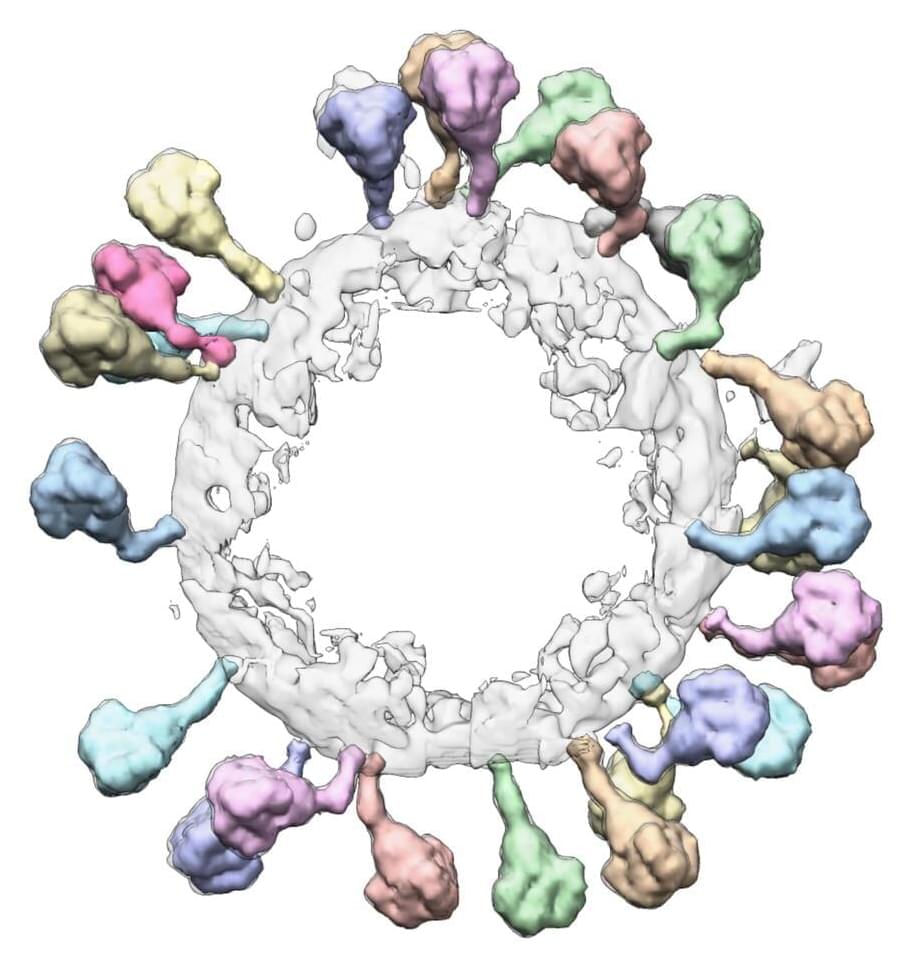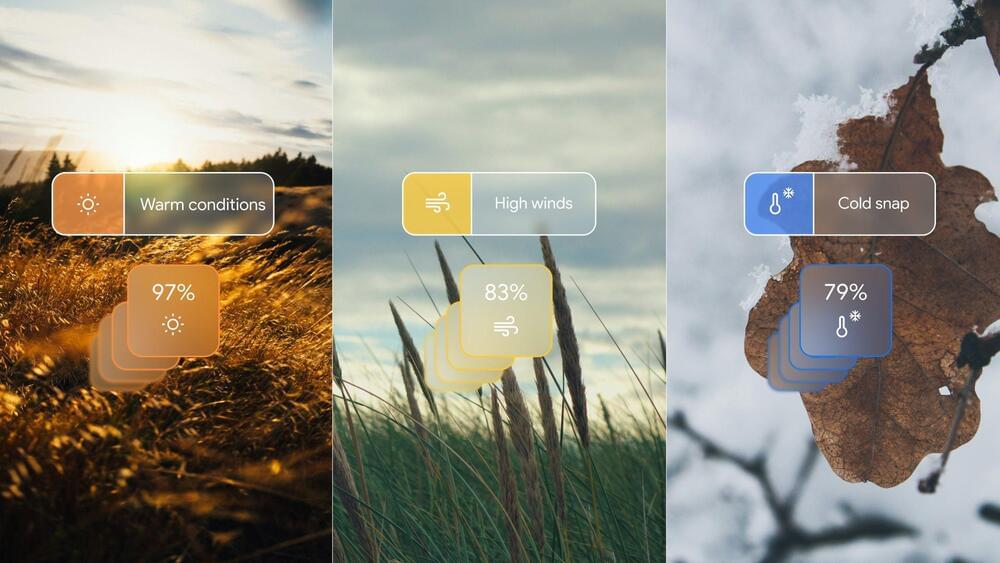Dear Colleagues.
A good number of insect pests are known for harboring various bacterial symbionts. Herbivore-associated bacterial symbionts such as Wolbachia and Spiroplasma are widespread in diverse arthropods and mostly act as reproductive parasites. Both have been reported to significantly improve reproductive performance of various insects, including spider mites, aphids, Drosophila, etc. These insect-associated symbionts influence herbivore fitness, growth, and development, as well as interfere with plant defenses by changing plant physiology. Both Wolbachia and Spiroplasma are maternally inherited endosymbionts in arthropods and are able to co-exist and infect the same host. Understanding these complex interactions is very important for the development of an effective insect pest management program. We look forward to receiving your contributions to this Special Issue in the form of original research papers and review articles focusing on, but not limited to, the latest research on the occurrence, genetic diversity, and physiological functions of Wolbachia and/or Spiroplasma symbionts in various primary hosts. Although our focus will be on these two major facultative insect symbionts, articles reporting work carried out on other bacterial species are also welcome.








